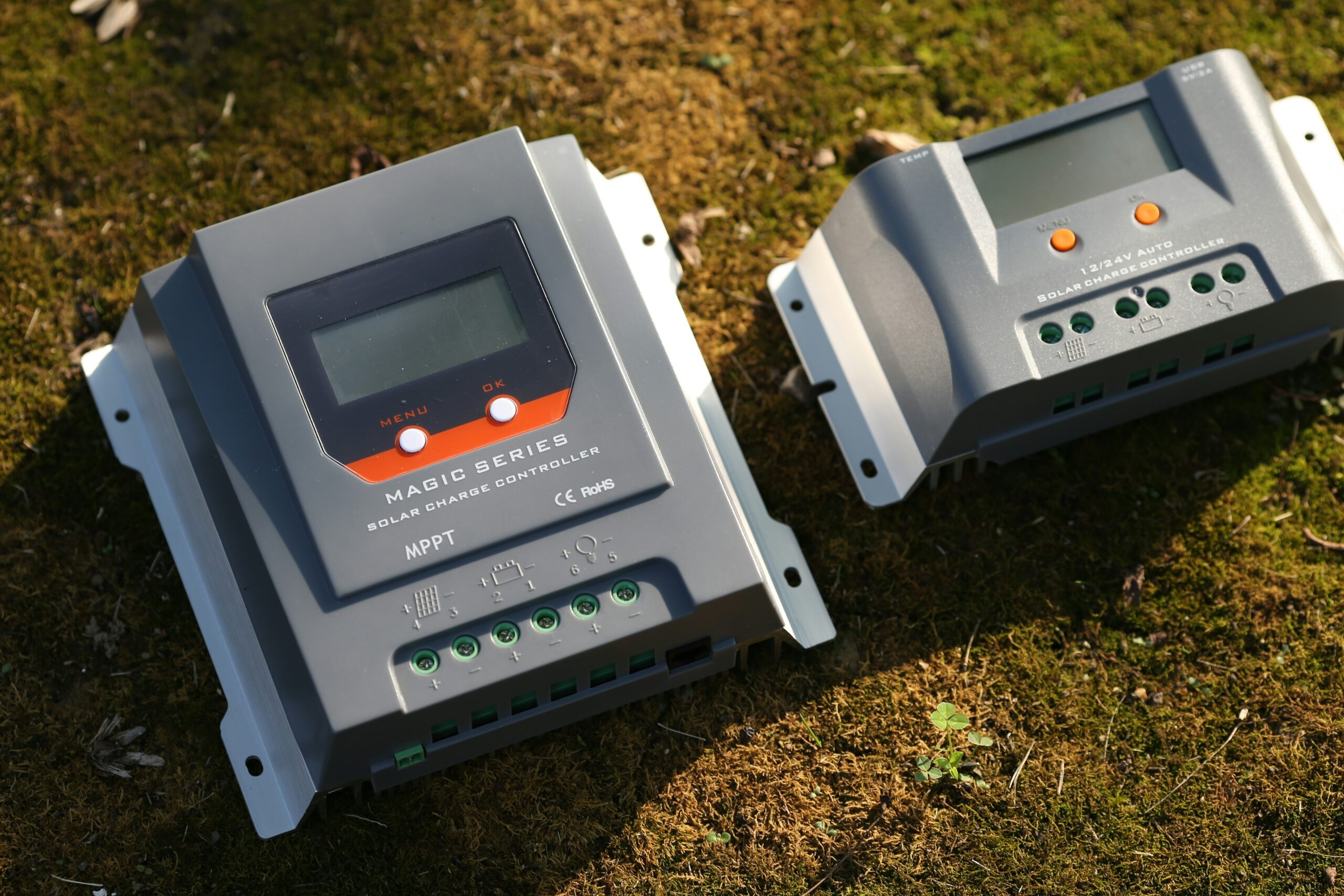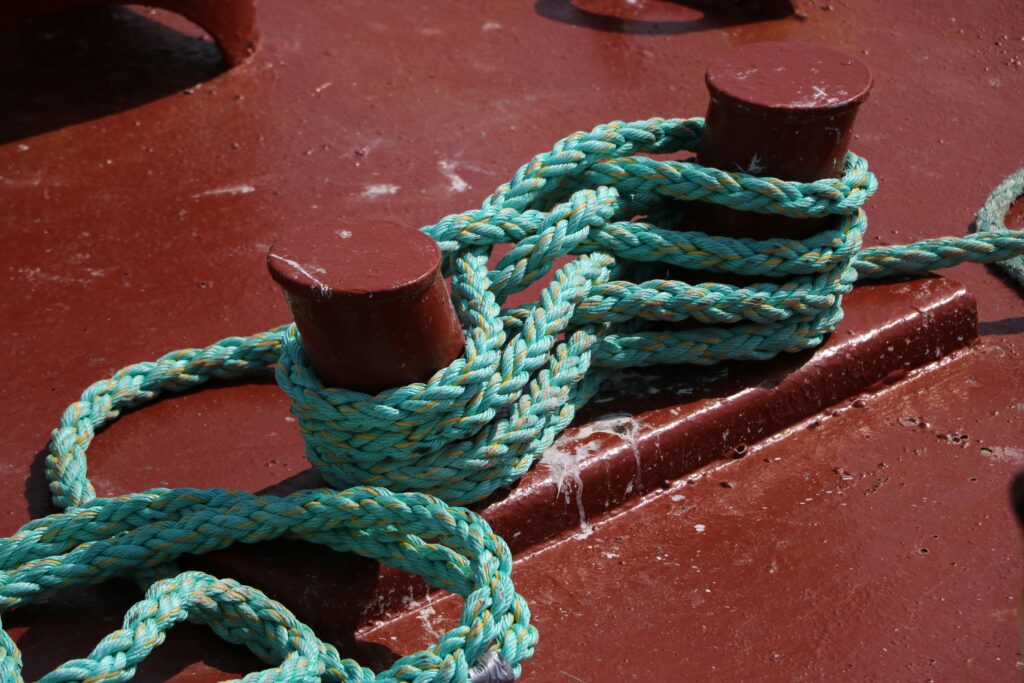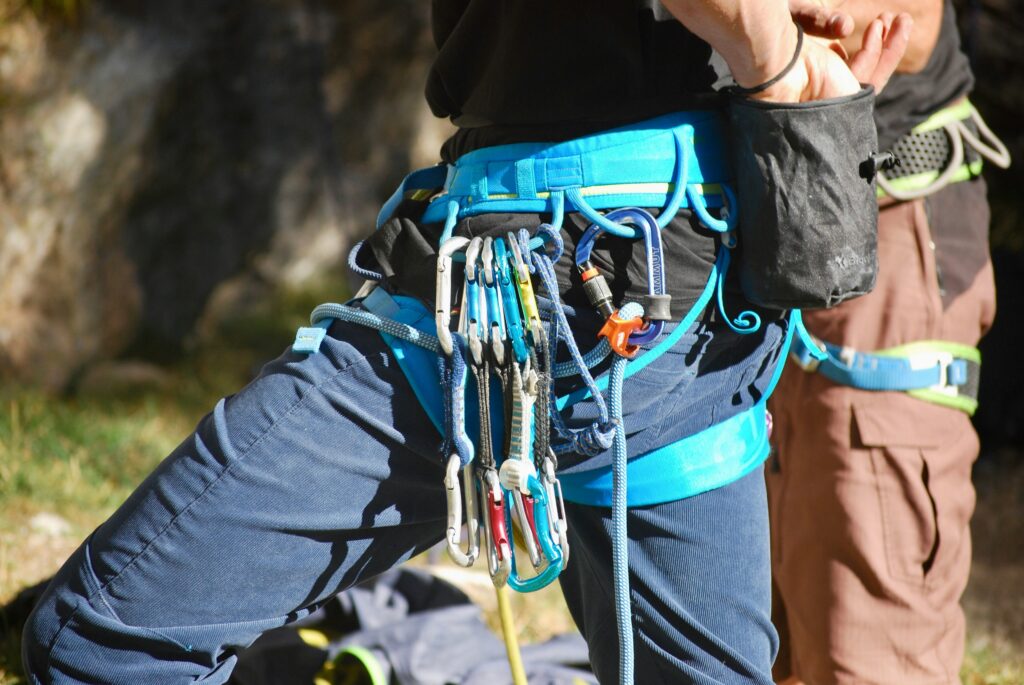Ever found yourself hanging mid-air during a climbing session, wondering if your belay device could actually save you? It’s happened to me—and let’s just say that moment of panic wasn’t exactly “chef’s kiss” material. That’s why understanding Fall Arrest Devices isn’t just about gear—it’s about survival. In this post, we’ll dive deep into everything you need to know about these critical tools so you can climb smarter and safer.
This guide will cover:
- The importance of fall arrest devices for climbers.
- A step-by-step breakdown on how they work.
- Tips for choosing the right device and using it safely.
- Real-world examples where proper gear made all the difference.
Table of Contents
- Key Takeaways
- Why Fall Arrest Devices Matter
- How Fall Arrest Devices Work
- Choosing the Right Device
- Success Stories from Real Climbers
- FAQs
Key Takeaways
- Fall arrest devices play a vital role in preventing injuries or worse during climbing accidents.
- They’re not one-size-fits-all; different types suit varying levels of experience and climbing styles.
- Proper maintenance and usage are non-negotiable—your life literally depends on it.
- Examples show that having the right gear has saved countless climbers in high-risk situations.
Why Fall Arrest Devices Matter (And Why You Should Care)
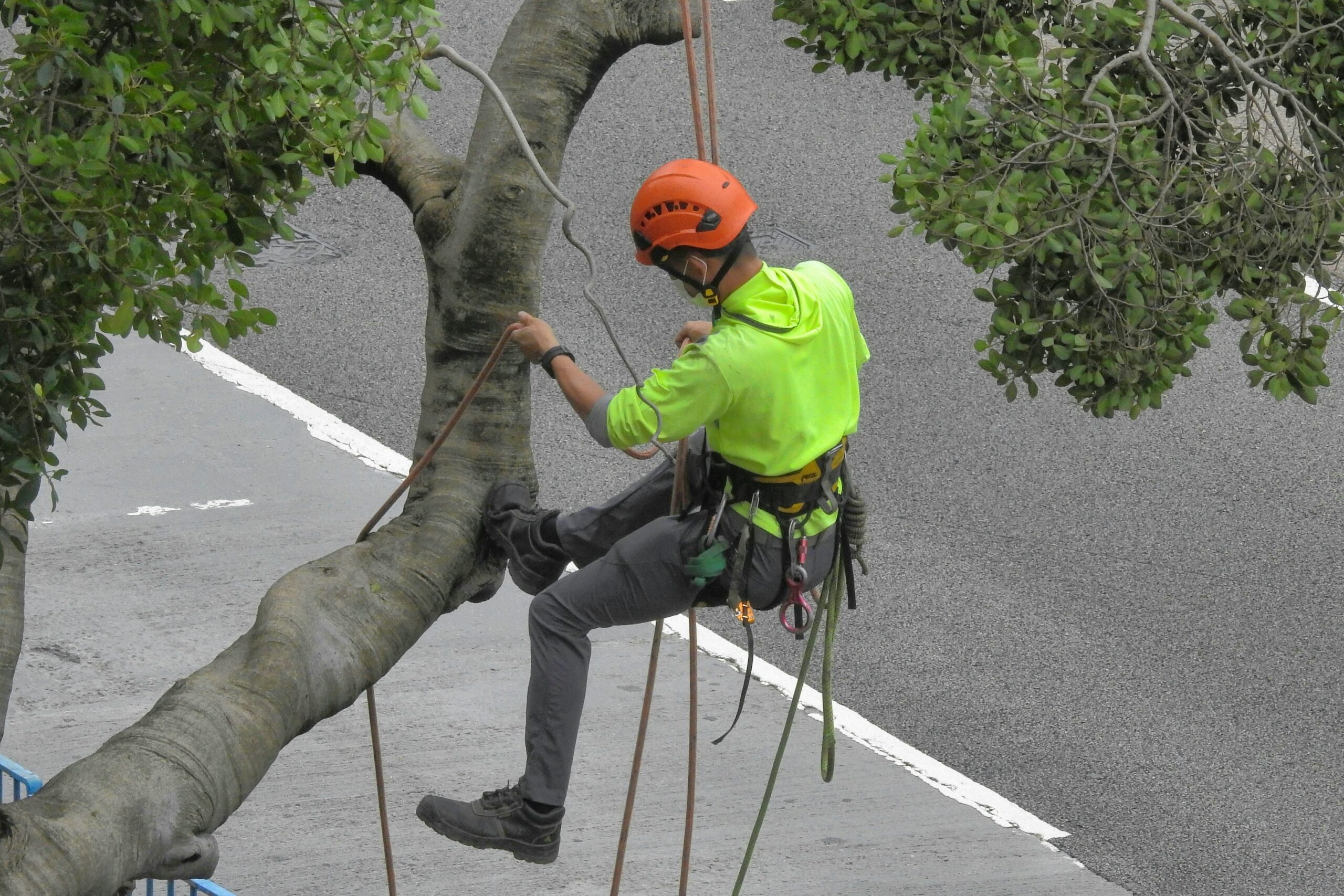
If you’ve climbed long enough, you’ve probably heard horror stories about ropes breaking or improper belaying leading to disasters. While modern climbing ropes are incredibly strong, they can only do so much without a reliable braking mechanism—that’s where fall arrest devices come in. Think of them as your car’s brakes: Sure, your engine (or rope) might be powerful, but stopping power is what keeps you alive.
I once ignored advice from an instructor who told me my old-school tube-style device wasn’t ideal for sport climbing. Guess what? During a particularly tricky overhang, I took a whipper—and the rope burned through my hands like spaghetti noodles boiling dry. Lesson learned: Not all devices handle forces equally well. Some excel at absorbing impact while others prioritize ease of use—you need to find the balance that works for YOU.
“Optimist You:* ‘I bet I can skimp on the fancy gear—I’m careful!’
Grumpy You: *’Ugh, fine—but only if coffee’s involved—and trust me, hospital visits don’t serve coffee.'”
How Do Fall Arrest Devices Actually Work?
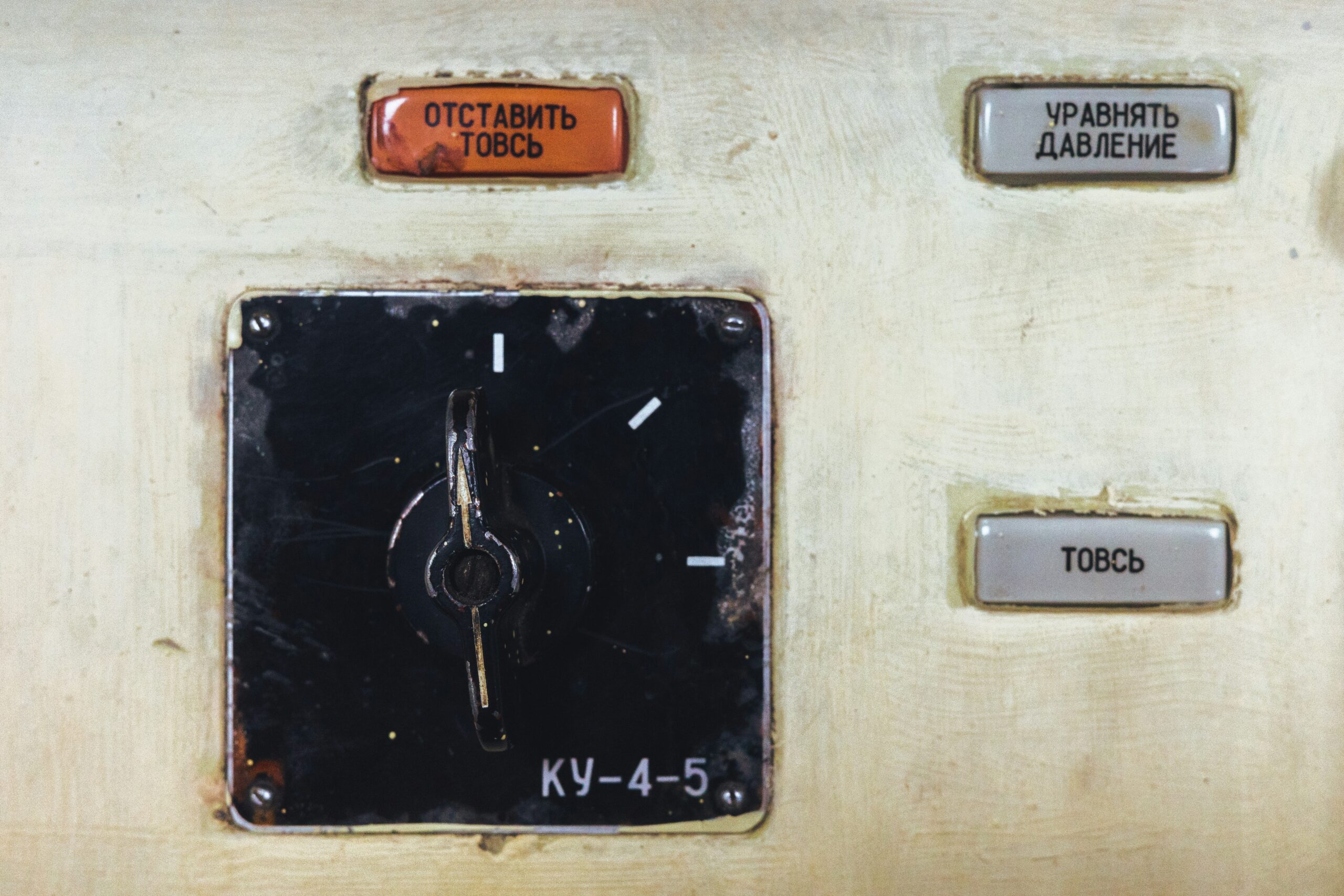
Imagine being thrown off a ledge while connected to your partner via a rope. A fall arrest device automatically engages when tension spikes, locking the rope in place before you plummet too far. Modern models use friction-based mechanisms—like camming systems or quick-lock plates—to stop falls almost instantly.
Here’s a simplified breakdown:
- Initial Shock Load: The force of your bodyweight accelerates down the rope.
- Device Engagement: The device clamps onto the rope to prevent further descent.
- Energy Absorption: Dynamic ropes stretch slightly to absorb residual energy, reducing jerking motions.
Sounds straightforward, right? But there’s more science than meets the eye here—including how different designs accommodate varying fall factors (a technical term referring to height and slack).
Choosing the Right Fall Arrest Device + Best Practices
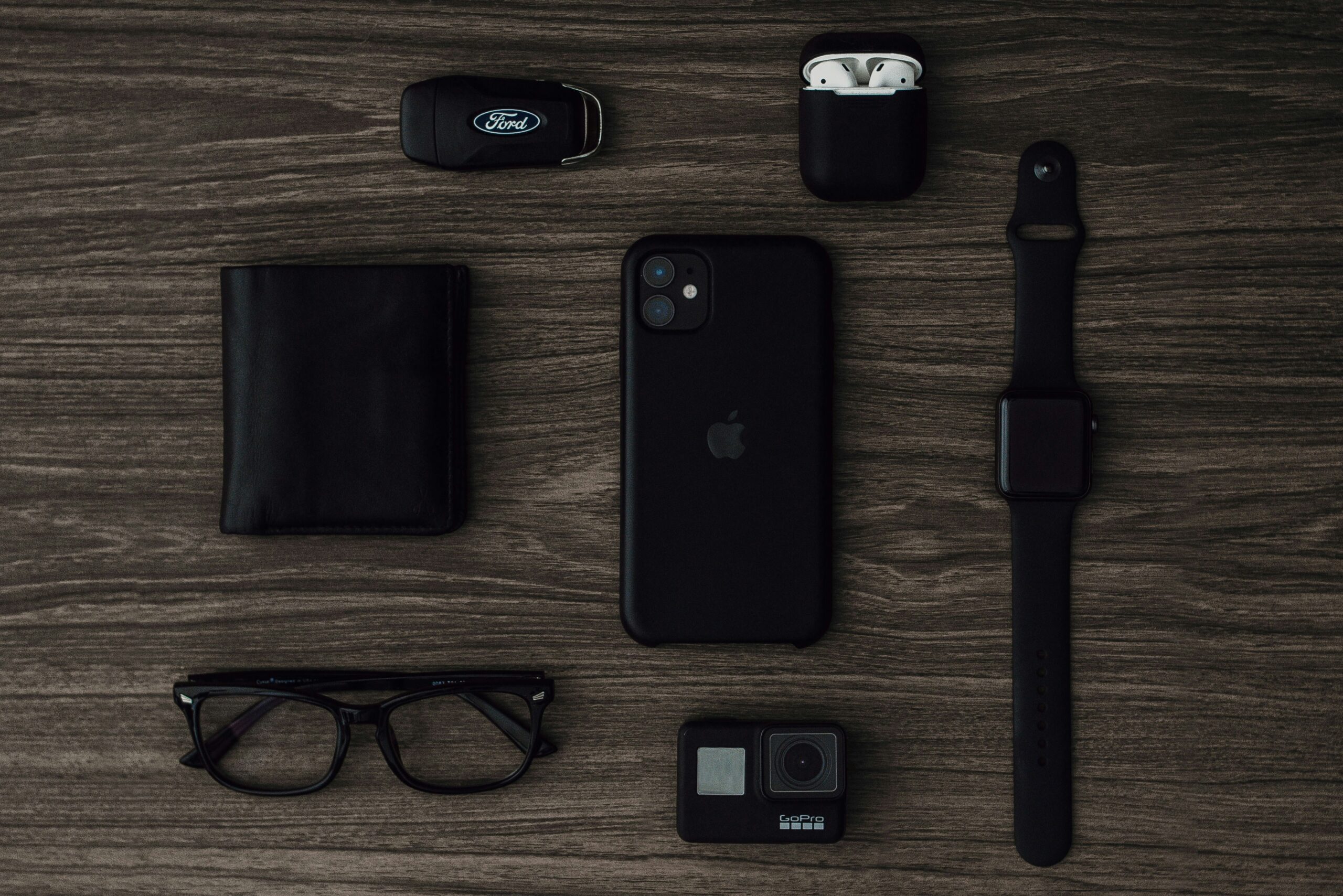
Not all devices are created equal. Here’s a rundown of common options:
- Tubular Devices (e.g., ATC): Lightweight and versatile but require practice to master.
- Assisted Braking Devices (e.g., Petzl GriGri): Designed for easier catch-and-hold but pricier.
- Figure 8 Descenders: Great for rappelling—not recommended as primary belay tools due to potential slipperiness.
**Terrible Tip Disclaimer:** Some people think cheaper devices are “just as good.” Yeah, nope. If your budget forces you to choose between quality gear and ramen noodles, eat the noodles—they won’t save your life.
Best Practices:
- Inspect your device regularly for signs of wear or damage.
- Match your device to the type of climbing you’ll be doing.
- Never skip a pre-climb safety check—even if it feels annoying AF.
Success Stories: When Fall Arrest Devices Saved Lives
Meet Sarah—a seasoned trad climber whose life was spared by her trusty GriGri after taking a massive fall due to loose protection popping out. She credits the assisted-braking feature for giving her partner peace of mind during those nail-biting moments.
In another case, Alex recounts narrowly avoiding disaster thanks to his ATC Guide mode. He says, “It felt like hearing nails on a chalkboard amplified tenfold—but hey, gravity ain’t got nothing on technology!”
FAQs About Fall Arrest Devices
Do I really NEED a fancy belay device?
Depends on your skill level. Beginners benefit most from simplicity, while experts may want advanced features like auto-locking functionality.
Can I use any rope with these devices?
No. Each model specifies compatible diameters. Always double-check compatibility charts!
How often should I replace my device?
Every 5 years max—or sooner if exposed to heavy loads, sharp edges, or extreme conditions.
Conclusion
Fall arrest devices aren’t glamorous, but they’re absolutely essential for safe climbing. Understanding how they work, picking the right one, and maintaining it properly ensures you stay vertical rather than horizontal—or worse.
So next time someone asks why you spent extra dough on that shiny new GriGri, smile and say, “Because living is kinda my thing.” And remember… like Game Boy batteries, good gear never goes out of style.
Haiku Bonus:
Rope burns fade quickly,
But memories last forever—
Choose wisely, climber.
